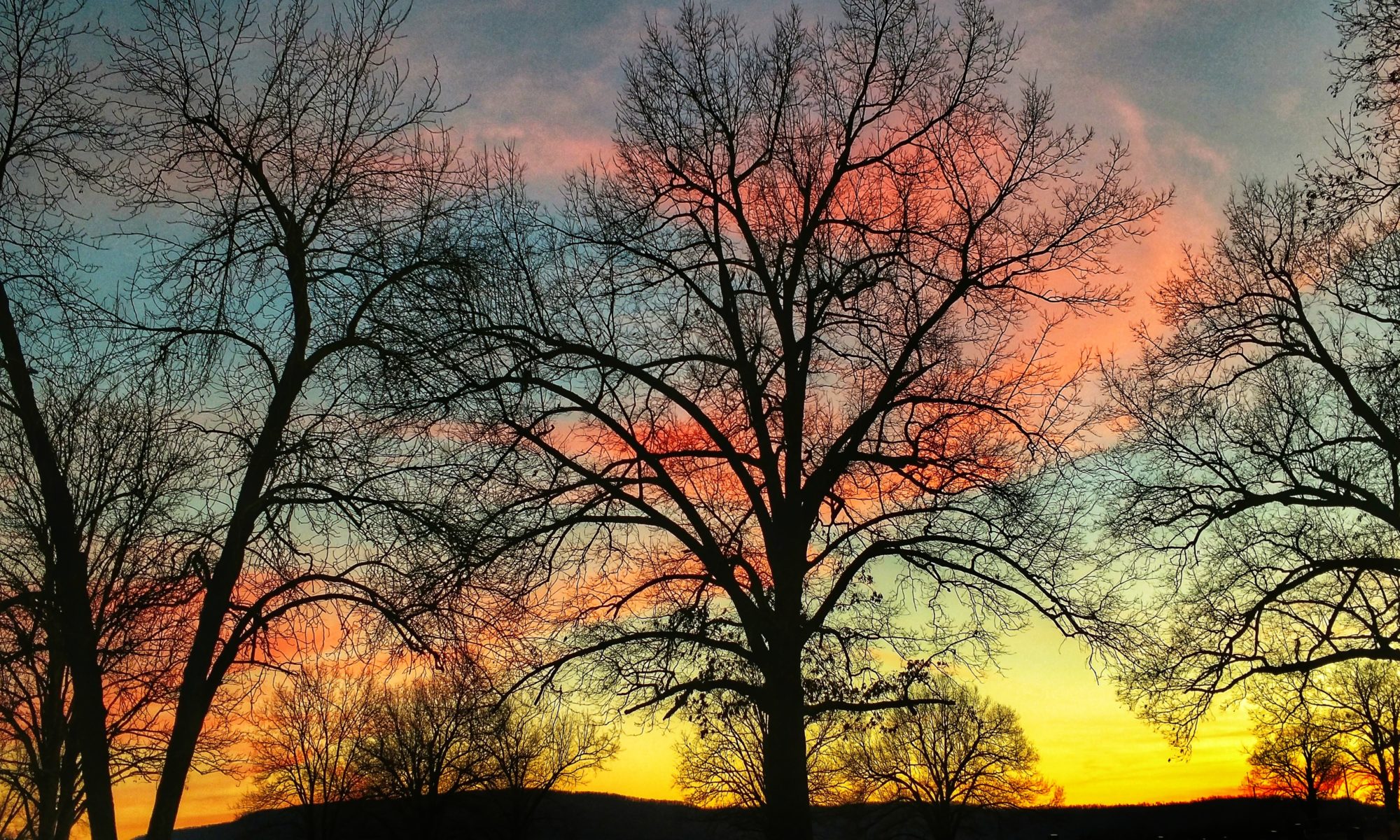My Pap-pa was born in the little community of Rex, Arkansas…..a place I had never heard of until after his passing. We never really talked about where he was born…in fact, throughout his life he wasn’t even completely certain what year he was born…..but that’s another pretty good story for another time! 🙂
My Mother, always the explorer, decided that we needed to find out more about her daddy’s birthplace….so on a warm summer day about 24 years ago, we did just that.
After a little research, Mother and I drove up a dirt road in Van Buren County to the small mountain community of Rex. I was feeling doubtful that we would be able to locate any information about Pap-pa’s birthplace since over 80 years had passed….but goodness! I should have known better. First, I feel very confident that Mother had already prayed for success that day….and the Lord listens. Second, when Mother was determined she was determined…and so we drove along until we passed a house with some folks out in the yard. Pulling over – Mother got out, introduced herself, and talked with them a bit. The gentleman gave her directions to an older couple’s home just down the road a ways who had lived in the area all their lives, saying they would possibly have the answers Mother was looking for……
So……onward we went…pulling up in the couple’s driveway just after lunchtime… They were such sweet people (somewhere in their 90’s), and listened carefully as Mother explained why we were there. They were eager and happy to help in any way they could. I’m embarrassed to admit that I don’t remember their names. I so wish I did. For the purpose of this story, I will call them Mr. and Mrs. Smith.
Mr. Smith assured us he knew exactly where my great-grandparents’ house once stood – the house where my Pap-pa was born. He remembered it well from his childhood. In fact, he told us, he could also take us to the homeplace of my great-great grandparents as well. Mother and I were grateful – and excited to see both places.
I thought this meant we would drive, but that was definitely not the case…. Starting out by crawling under a barbed wire fence, we walked quite a ways through several cow pastures, crawling under a few more fences before we came to an obvious rock foundation of an old home…..sitting quietly and alone – far removed from roads or towns. A few burned boards, almost completely rotted away, were all that was left of the structure itself. Mr. Smith assured us that this was the place, telling us that Ike and Sarah (I was surprised and impressed that he knew and remembered the names of my great-grandparents) had built the home and lived there when they started their family. However, after their first son, Woodrow and later their second, my Pap-pa (Clifford) were born, the house burned, causing them to move down off the mountain never to return. The abandoned remains of the house had been left to the elements and the animals for over 8 decades.
As I walked around inside the old foundation of the little house, I found some small broken bits of china and stoneware – remnants of dishes and bowls belonging to a great grandmother I do not remember. I gathered as many as I could find and put them in my pocket, taking them back through the pastures with me – this time traveling a longer, different route to visit the site of my great-great grandparents’ home place as well. It was so interesting and such fun.
When we finally returned to Mother’s van, I wrapped the little pieces up in an old, crumpled paper towel Mother had in the car…..later placing the little bundle in a bottom dresser drawer when I got home….and that’s where they stayed for another 2+ decades.

One autumn a few years ago, while attending a Laura Ingalls Wilder celebration dinner in Mansfield, MO – a benefit auction item caught my attention. One of Mrs. Wilder’s plates had shattered, and the museum staff had taken the broken pieces to a jeweler in Springfield, MO who had turned them into beautiful jewelry pieces. I quickly thought of the broken pieces of my great-grandmother’s dishes I had saved all these years….and decided to see what could be done with them.
The next spring, on my Mother’s 78th birthday, I took a day off from work to spend it with her. We went out to eat, shopping, and sightseeing…..and to Gerzens’ Jewelry in Springfield, Missouri. John Gerzen, the jeweler, and Mother worked together to pick the pieces she liked and then tried different patterns for putting them together. They narrowed the possible choices down to 2 or 3….and we left to give her time to think about it.
Unfortunately, the necklace was soon forgotten. Mother began her fight with cancer and other plans drifted to the background…
The broken bits, still in that same ancient paper towel, went back to the dresser drawer….until this year. Several weeks ago, I took them back to Gerzen’s Jewelry in Springfield, MO and finally the now over 100 year old pieces were made into a necklace….
I was so excited when I got the call that the necklace was finished. I couldn’t wait to see the finished piece…..and I was so pleased with Mr. Gerzen’s work. To me, it’s so unique and so pretty.
The best part though, is that when I wear it (as I did today), I think of my Mother….and my Pap-pa, and my great-grandmother Sarah….
I am so very happy to have it.

https://www.gerzensjewelry.com/














































